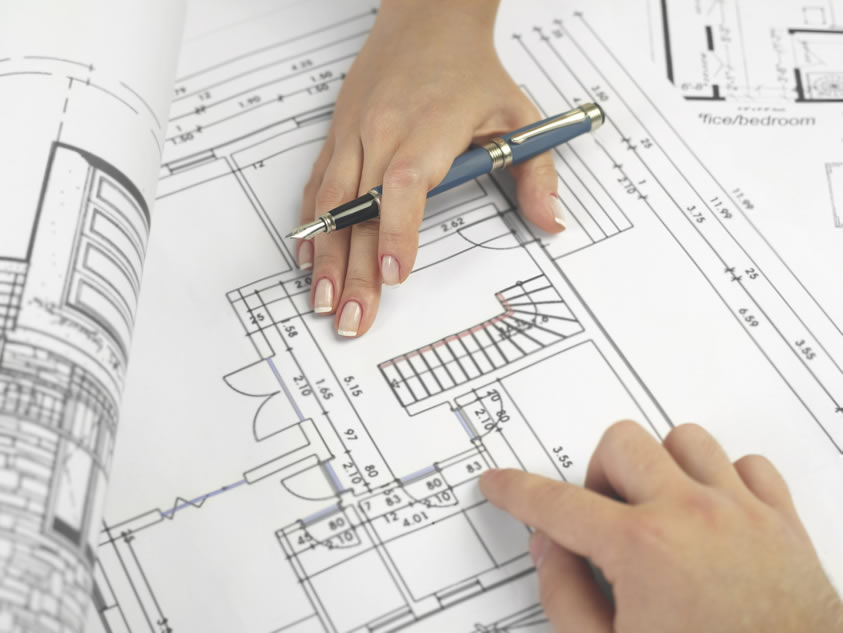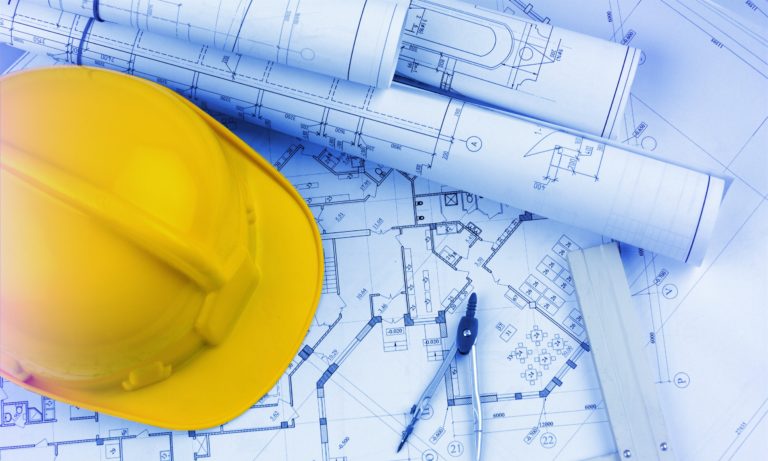Does your backyard have a patio? A patio is a perfect space for enjoying and entertaining when the weather allows.

Introduction
Working drawing, house plans, drawings, or blueprints! These are some of the most common names that people use to describe construction plans. But, the most popular one in the modern construction industry is ‘blueprints’.
As a homeowner or a construction professional, we’re certain you’ve come across these terms. Do you even know what it means? Or where it came from!
Well, that’s exactly what this article is all about. We’ll tell you all the important things you need to know about blueprints.
But first, let’s start by telling you what a blueprint is!
What’s a construction blueprint?
A blueprint refers to a 2-dimensional set of technical construction drawings. It contains all the project details. In short, it’s a construction document that shows builders what should be done on the project.
It contains detailed construction specifics from construction professionals like designers, architects, and engineers. For instance, a blueprint specifies construction materials, dimensions, and location of various components. It’s a visual representation of how a 3-D structure will look like after completion!
Where did the name ‘blueprints’ come from?
The term ‘blueprints’ dates back to the mid-19th century, having being used in 1842 for the first time. Engineers used blue papers to print their drawings with white lines. ‘Blueprinting’ helped in ensuring accurate and quick reproduction of construction specification drawings. In other words, the blue papers were negative illustrations of the original drawings.
Blueprinting starts with a light-sensitive ferric compound. These are compounds like potassium ferricyanide or ammonium ferric citrate. That compound is then used to saturate a sheet, and left to dry. After exposing the sheet to light, a reaction occurs. Thus converting trivalent ferric iron to divalent ferrous iron. A potassium ferricyanide solution forms the image, while excess chemicals are cleaned off. The entire process is known as cyanotype and results in a blue paper.
So, how did engineers and architects reproduce their drawings on the blue paper then?
Simple! They would draw plans on cartridge paper and trace them onto tracing paper. Afterward, the tracing paper is put on a sensitized sheet and clamped under glass. It’s then exposed to daylight. UV light passes through a tracing paper and the coating turns into a stable blue dye. However, the ink used to draw the plans blocks Ultraviolet rays. For this reason, the drawing coating doesn’t undergo the reaction, so it remains soluble. They would then wash the paper and dry it off. Result? A replica of the original plan in white lines on a blue background!
Today, blueprints don’t only refer to construction drawings printed on blue paper. Instead, it refers to various types of construction documents with technical details.

Types of blueprints
There are several types of blueprints that you’ll find in construction. However, the 3 main types are; architectural, mechanical, and structural plans. Now, let’s have a look at what each type is all about!
1. Architectural blueprints
Architectural plans display the interior and exterior appearance of a building. They also show the layout of the building’s living spaces and the site orientation. For this reason, an architectural blueprint contains the following plans;
2. Structural blueprints
Once architects/ designers complete preparing architectural blueprints, they send them over to engineers. Structural engineers then create the other type of blueprint known as ‘structural blueprints’. These prints contain various drawing plans showing the building structure and framing. Not to forget that every building floor should have its structural drawing. When engineers complete the plan, they send them back to architects for review. The design team signs them off and include them in the set of blueprints that builders use in the project.
3. MEP (Mechanical. Electrical & Plumbing) Blueprints
Various mechanical functions happen in a building. This includes; maintaining air quality, communication and electronic systems, and complex piping routes. Planning such systems (MEP systems) in a construction project is done by an MEP engineer. That’s where the issue of an MEP blueprint comes in! It contains things like;
What is the importance of construction blueprints?
In the modern construction industry, blueprints are important in the planning process. Construction planning entails all the activities that lead to successful project completion.
During these activities, project stakeholders must refer to the blueprints for decision making. Luckily, the rise of digital solutions improved the use of construction documents. For instance, most plans are in CAD and PDF formats. Thus allowing construction professionals and builders can share them with ease.
This means that construction personnel can exchange project updates in real-time. Hence making them great resources for troubleshooting and maintenance. Also, before changing a drawing, the project team uses blueprints to analyze conformities.
Blueprints also play a very vital role when it comes to project documentation. Also, construction professionals create blueprints based on the project specifications. These determine the project functionality, objectives, and how to accomplish the project requirements. In short, blueprints contain all the technical specifications of a project.
Are you planning to renovate or build a new house in California? Before you start your project, you have to send blueprints to the local building authorities. They examine them to see if the plan complies with the existing building rules and codes. Once they’re done analyzing them and approves them, your construction project can start!
Final words
Overall, construction blueprints play a vital role in any building project. Without them, the field team will not be able to complete their tasks on time. Simply put, they ensure that the construction team doesn’t waste time or resources.
Having gone through the article, we hope you now know what blueprints are. If you still have any questions, contact our design team at InnoDez Design & Engineering.
About Author
InnoDez